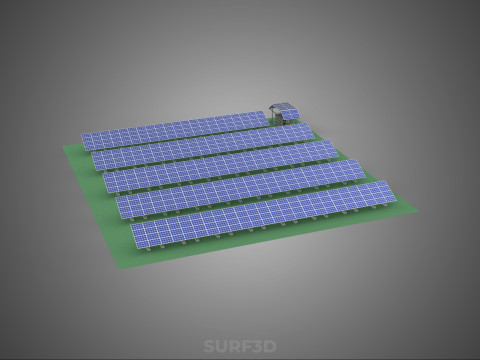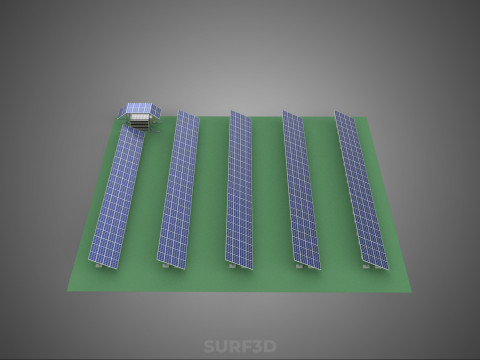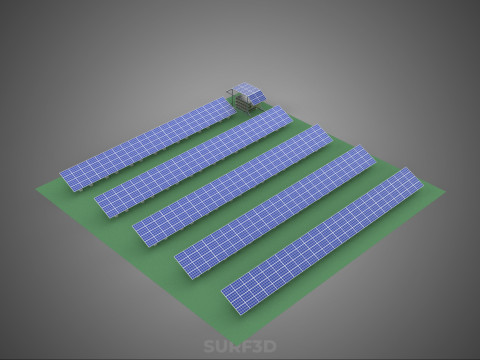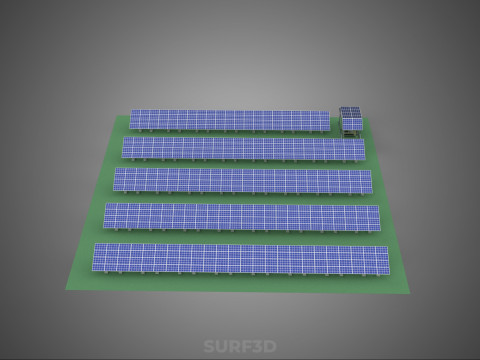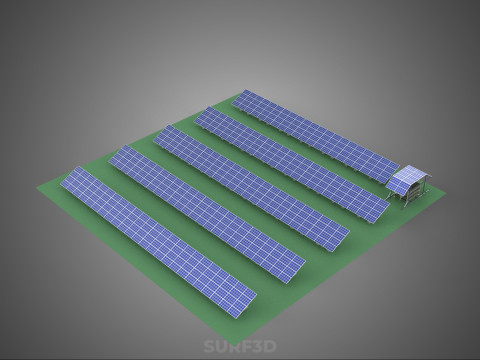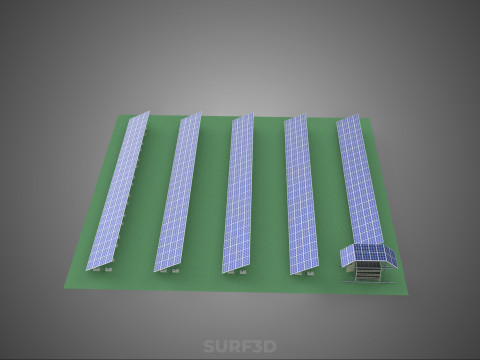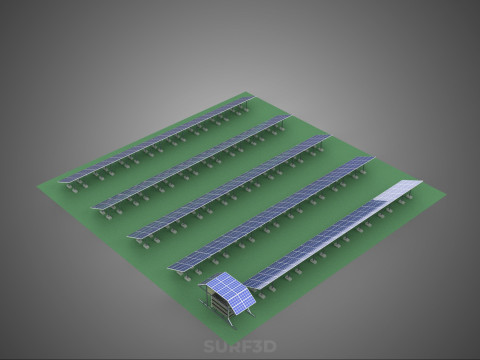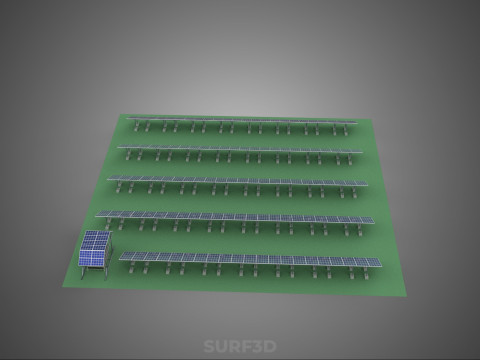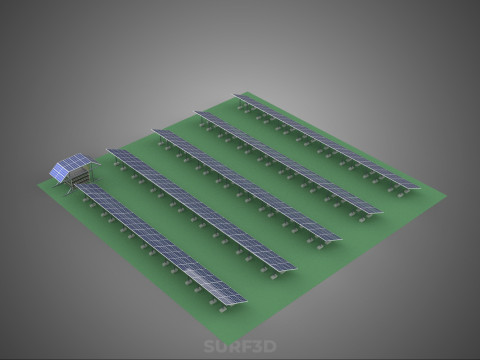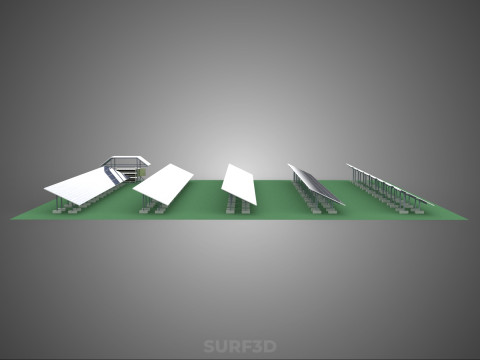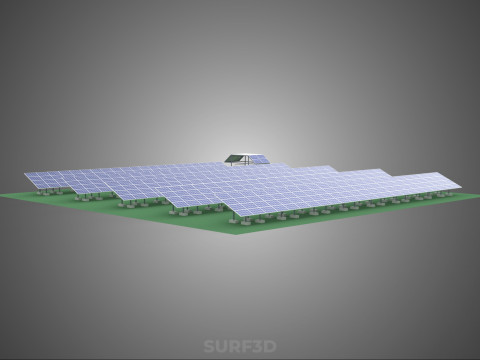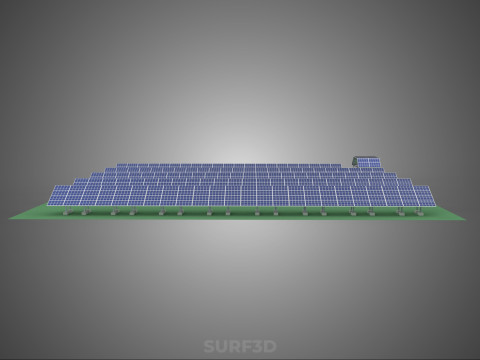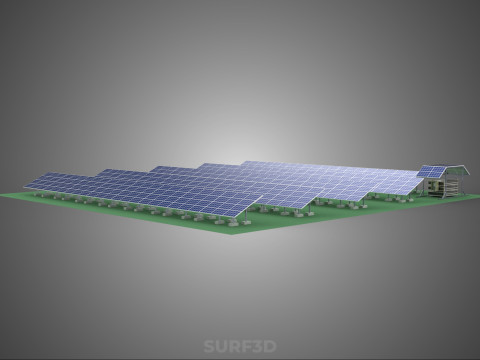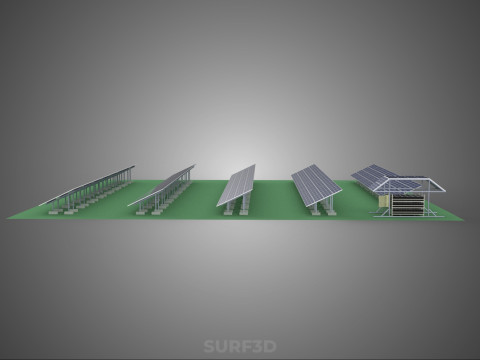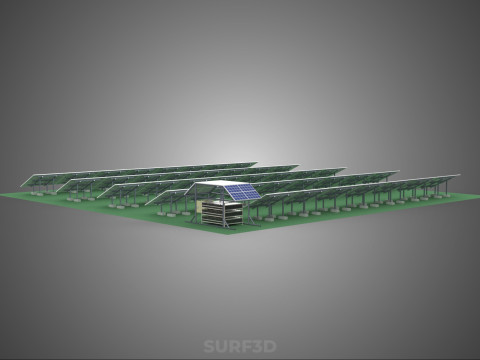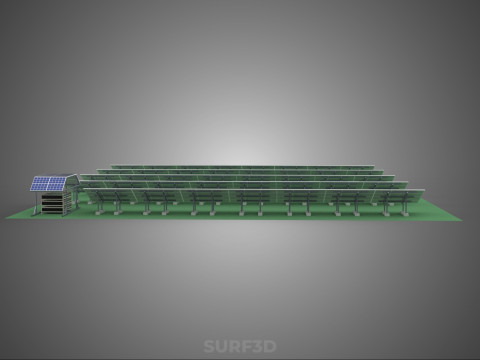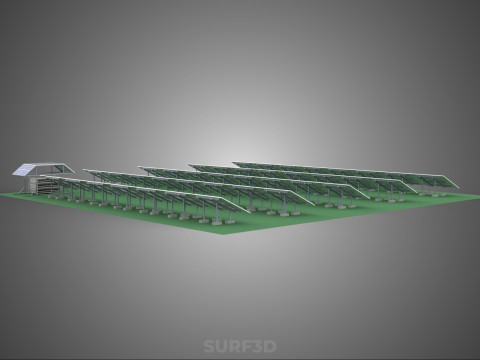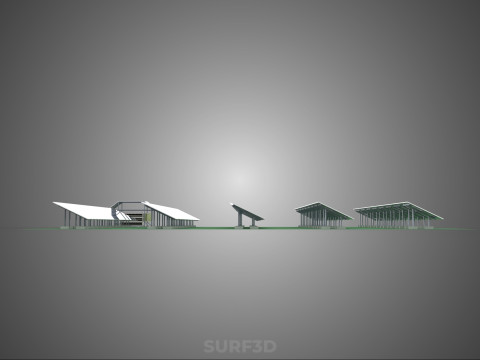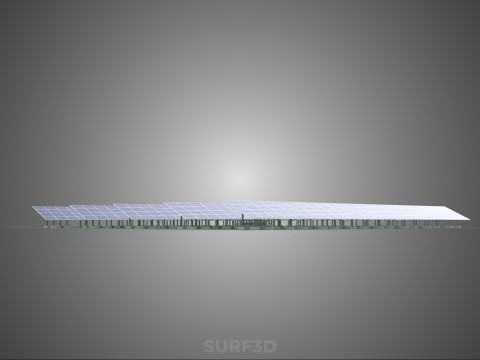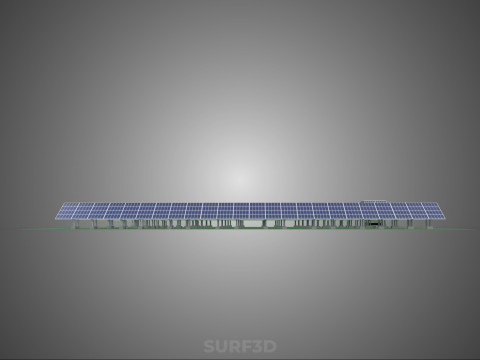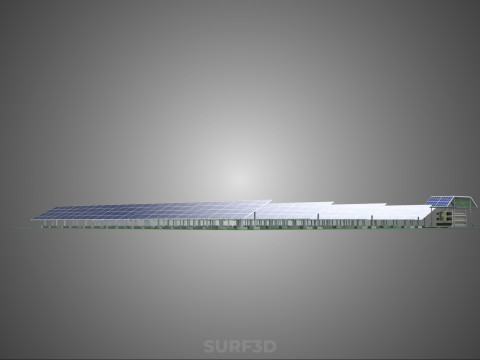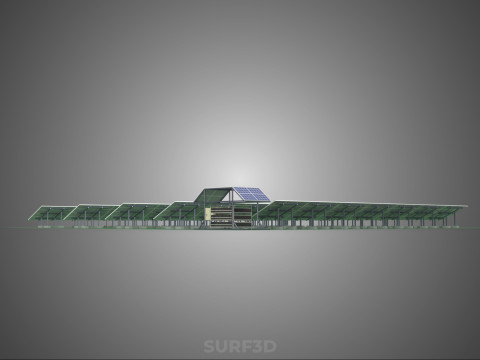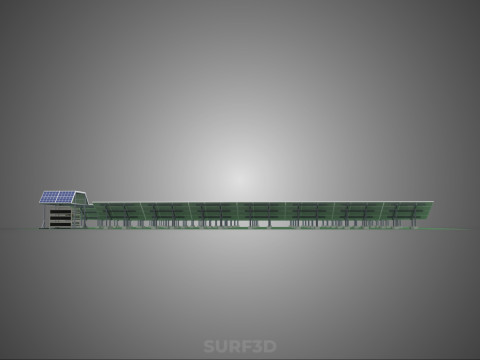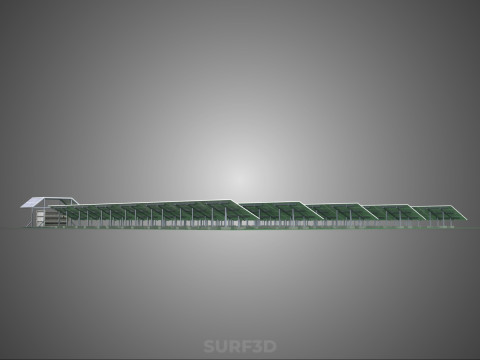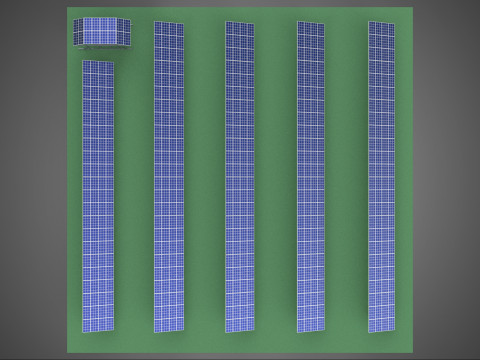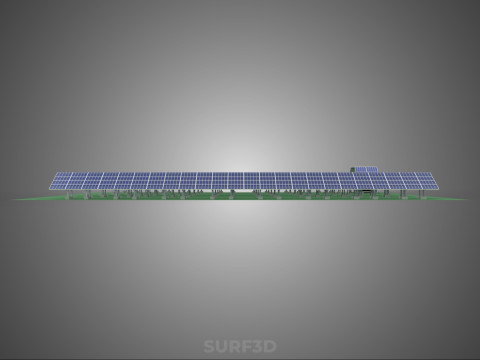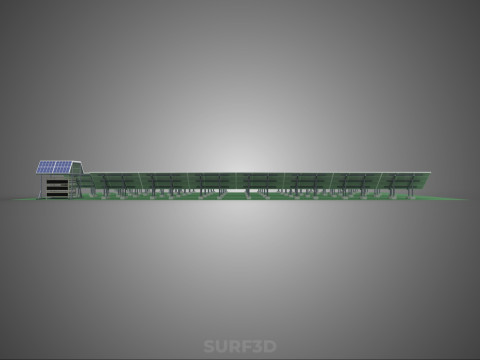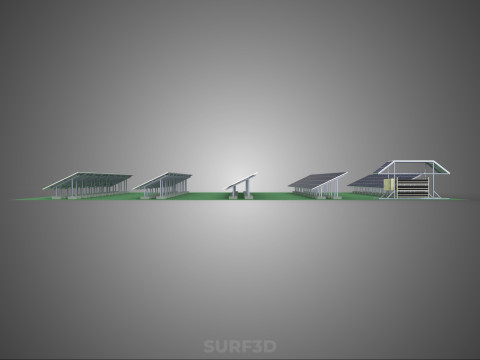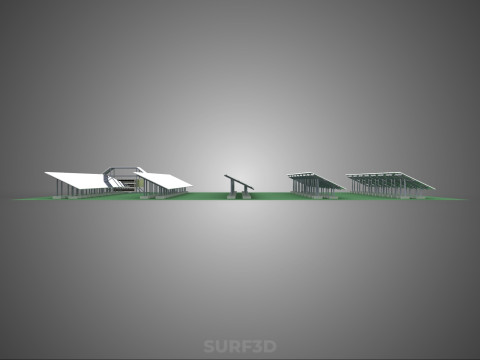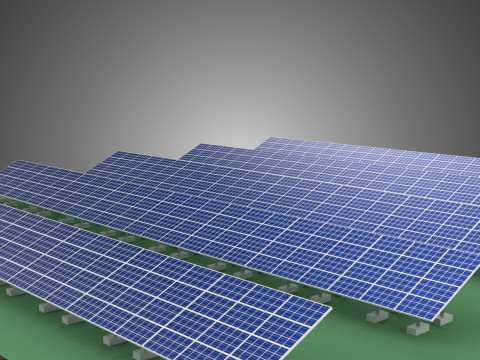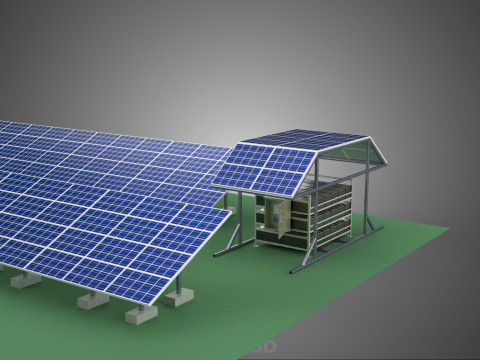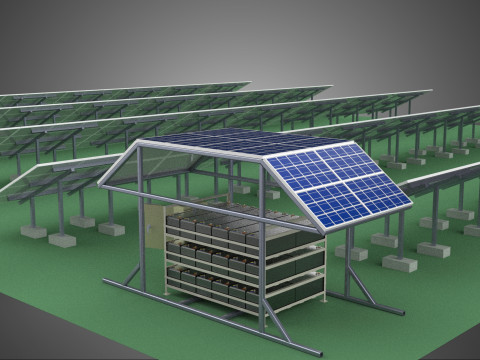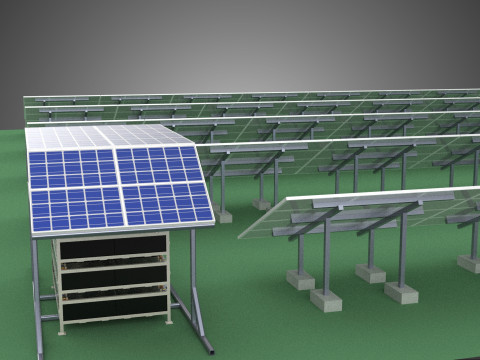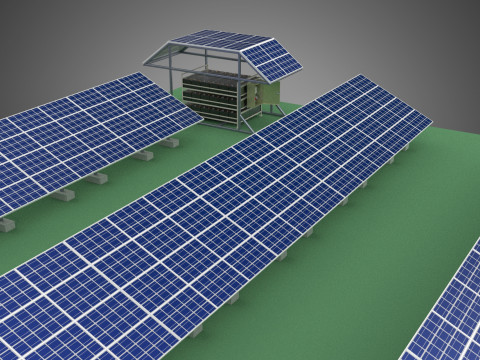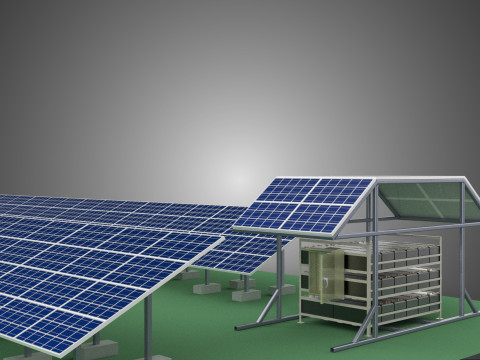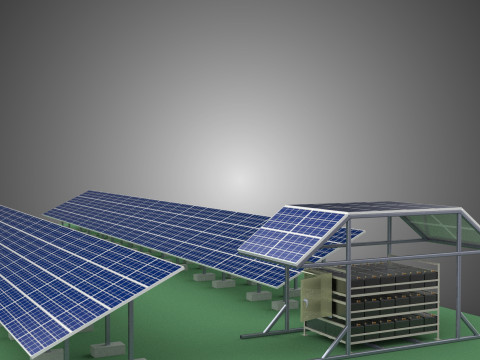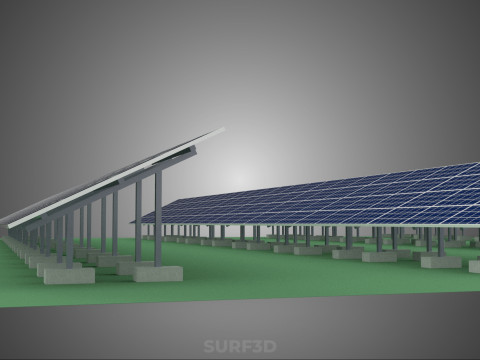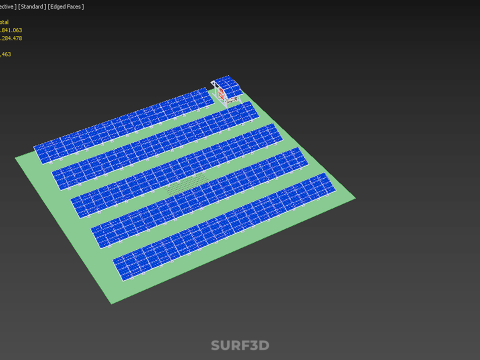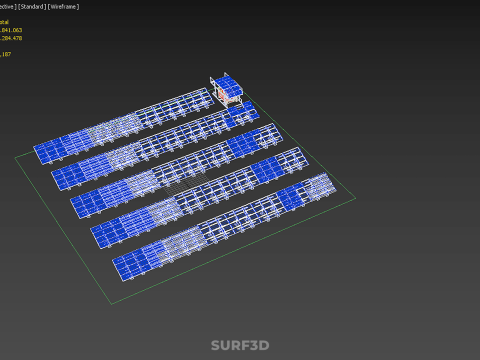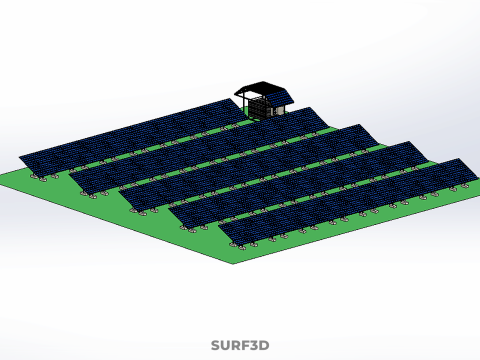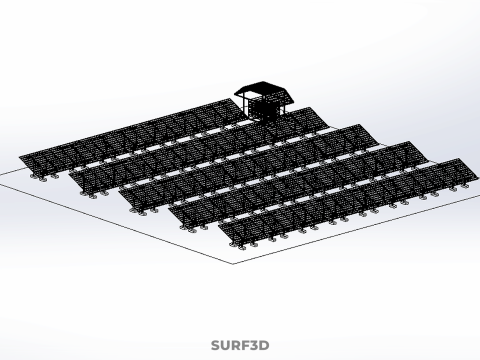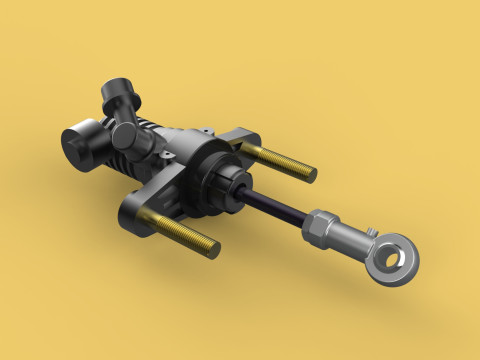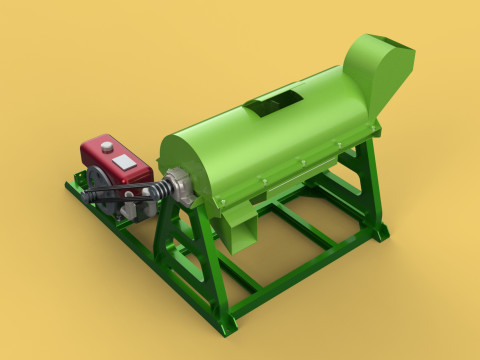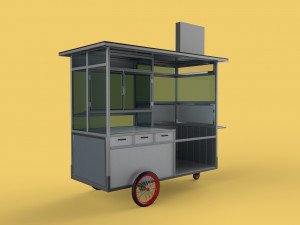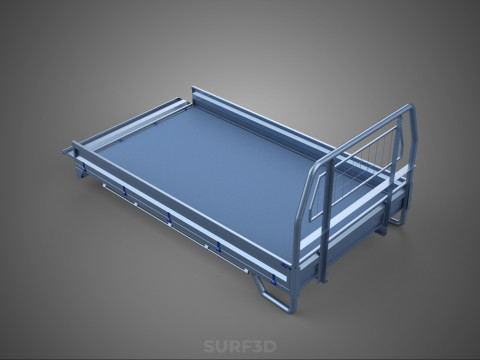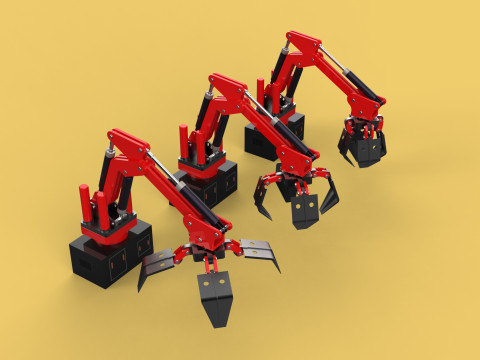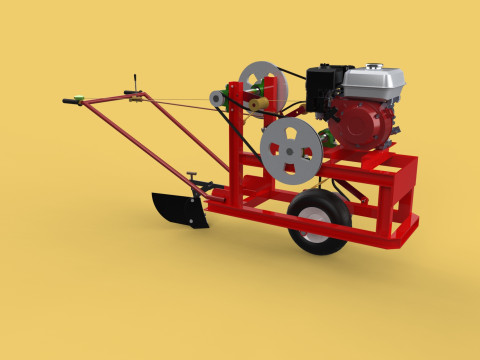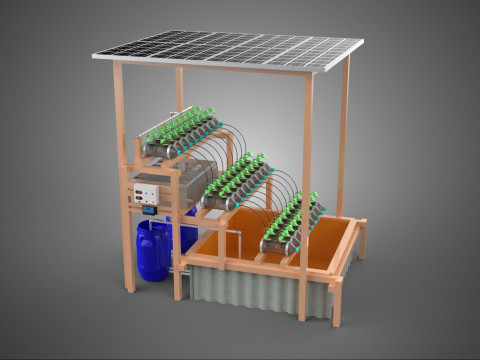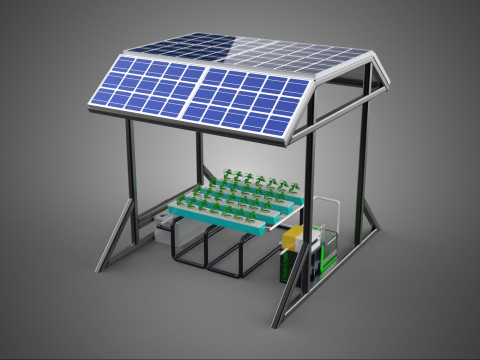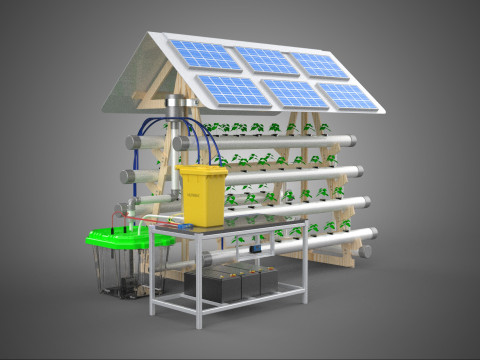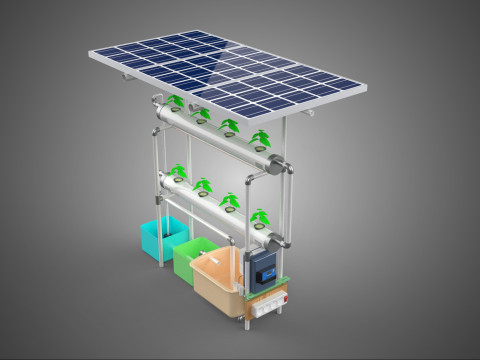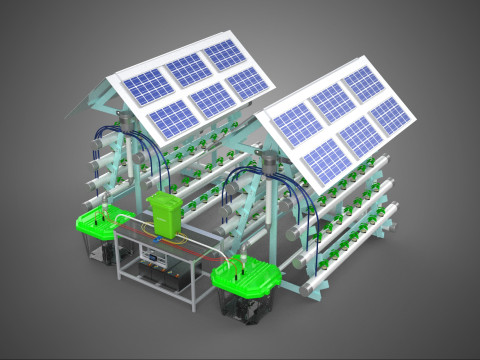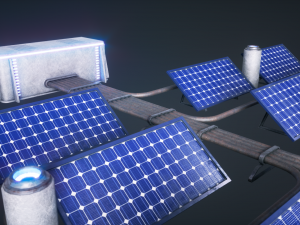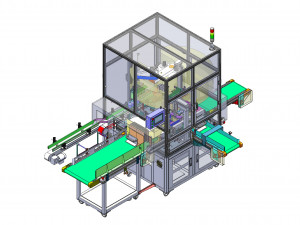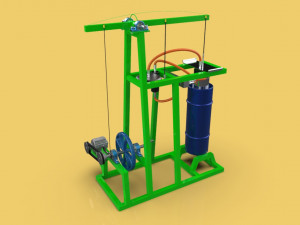SOLAR PANEL POWER STATION PLANT GENERATION ARRAY ROW FIELD FARM 3D Model
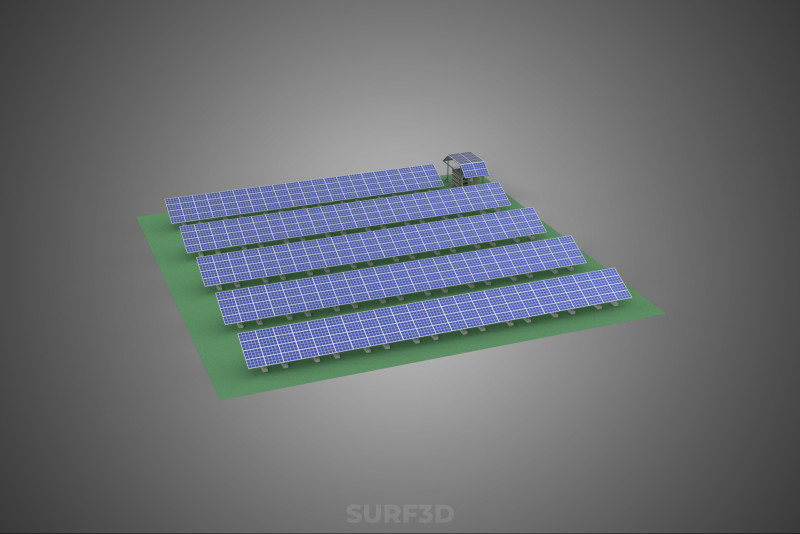
- Hazır formatlar: Wavefront OBJ (.obj) 17.03 MBACIS(.sat) 69.90 MBSTEP (.step) 3.01 MBStereolithography (.stl) 11.10 MBAutodesk AutoCAD (.dwg) 22.99 MBIGES (.iges) 2.48 MBAutodesk FBX (.fbx) 21.68 MBSketchUp (.skp) 1.56 MBCollada (.dae) 8.83 MBAutodesk 3DS MAX (.max) 31.51 MBBlender3D (.blend) 13.41 MBGLB (.glb / .gltf) 5.45 MB3D Studio (.3ds) 4.97 MBRhinoceros (.3dm) 6.69 MB
- Poligonlar:1841063
- Noktalar:2284478
- Animasyon:No
- Dokulu:No
- Rigged:No
- Malzemeler:
- Low-poly:No
- Koleksiyon:No
- UVW mapping:No
- Kullanılan Eklentiler:No
- Baskıya Hazır:No
- 3D Tarama:No
- Yetişkin(+18) içerik:No
- PBR:No
- AI Eğitim:No
- Geometri:Poly NURBS
- Unwrapped UVs:Unknown
- Görüntülemeler:149
- Tarih: 2025-09-01
- Ürün ID:596113
High-quality 3D assets at affordable prices — trusted by designers, engineers, and creators worldwide. Made with care to be versatile, accessible, and ready for your pipeline.
Included File Formats
This model is provided in 14 widely supported formats, ensuring maximum compatibility:
• - FBX (.fbx) – Standard format for most 3D software and pipelines
• - OBJ + MTL (.obj, .mtl) – Wavefront format, widely used and compatible
• - STL (.stl) – Exported mesh geometry; may be suitable for 3D printing with adjustments
• - STEP (.step, .stp) – CAD format using NURBS surfaces
• - IGES (.iges, .igs) – Common format for CAD/CAM and engineering workflows (NURBS)
• - SAT (.sat) – ACIS solid model format (NURBS)
• - DAE (.dae) – Collada format for 3D applications and animations
• - glTF (.glb) – Modern, lightweight format for web, AR, and real-time engines
• - 3DS (.3ds) – Legacy format with broad software support
• - 3ds Max (.max) – Provided for 3ds Max users
• - Blender (.blend) – Provided for Blender users
• - SketchUp (.skp) – Compatible with all SketchUp versions
• - AutoCAD (.dwg) – Suitable for technical and architectural workflows
• - Rhino (.3dm) – Provided for Rhino users
Model Info
• - All files are checked and tested for integrity and correct content
• - Geometry uses real-world scale; model resolution varies depending on the product (high or low poly)
• • - Scene setup and mesh structure may vary depending on model complexity
• - Rendered using Luxion KeyShot
• - Affordable price with professional detailing
Buy with confidence. Quality and compatibility guaranteed.
If you have any questions about the file formats, feel free to send us a message — we're happy to assist you!
Sincerely,
SURF3D
Trusted source for professional and affordable 3D models.
More Information About 3D Model :
A **Solar Panel Power Station**, commonly known as a **Photovoltaic (PV) Power Plant**, **Solar Farm**, or **Solar Park**, is a utility-scale facility dedicated to generating electricity directly from sunlight. The terms in the prompt’s title collectively describe such a large-scale renewable energy **generation plant**, emphasizing its components, vast scale, and function. These installations typically comprise thousands to millions of individual **solar panels** or modules, systematically arranged in structured **arrays** and **rows** across an expansive **field** or **farm** of land, converting solar radiation into direct current (DC) electricity for subsequent transformation and integration into the electrical grid.
The fundamental architecture of a utility-scale solar power station involves several key components. At its core are **photovoltaic modules**, each containing multiple solar cells that utilize the photovoltaic effect to convert photons into electrons. These modules are mounted on robust **mounting structures**, which can be either **fixed-tilt**, optimized for a specific angle, or **tracking systems** (single-axis or dual-axis) that dynamically follow the sun’s path across the sky to maximize energy capture throughout the day.
The DC electricity produced by the modules is aggregated through **combiner boxes** and then fed into **inverters**. These critical devices convert the DC electricity into alternating current (AC), which is the standard for transmission and consumption. Depending on the plant's size, numerous string inverters or large central inverters are employed.
Beyond the panels and inverters, the **Balance of System (BoS)** encomp***** an extensive network of **electrical cabling** for power collection, **transformers** to step up voltage for efficient long-distance transmission, and **switchgear** for control, protection, and isolation. A dedicated **grid connection infrastructure**, including a substation, links the plant to the regional or national electrical transmission network. Advanced **monitoring and control systems** are integral for real-time performance optimization, fault detection, and ensuring grid stability.
The operational principle hinges on the photovoltaic effect, where sunlight striking semiconductor materials in the solar cells creates an electric current. This DC current is then processed by inverters to produce grid-compatible AC power. Plant operators meticulously monitor power output, solar irradiance, temperature, and equipment status to ensure optimal performance and address any anomalies promptly.
Utility-scale solar power stations offer significant environmental and economic advantages. As a renewable energy source, they generate electricity without consuming fuel or producing greenhouse gas emissions during operation, thereby playing a crucial role in climate change mitigation and reducing air pollution. Operational costs are relatively low post-construction, primarily covering maintenance, and the "fuel" (sunlight) is free and inexhaustible. Such facilities enhance energy independence and security by diversifying the energy mix and reducing reliance on fossil fuels. The modular nature of solar PV also allows for scalable deployment, from tens of megawatts (MW) to gigawatts (GW).
Despite their numerous benefits, these plants present specific challenges. The primary limitation is **intermittency**; electricity generation is contingent upon sunlight availability, fluctuating with diurnal cycles, weather conditions, and seasonal changes. This often necessitates **energy storage solutions**, such as large-scale **Battery Energy Storage Systems (BESS)**, or flexible grid management strategies to maintain a stable power supply. **Land use** is another significant consideration, as vast areas are required for multi-megawatt installations, potentially impacting agricultural land or natural habitats. The initial **capital investment** for construction can be substantial, though declining technology costs and supportive policies have made solar increasingly competitive. **Grid integration** demands robust transmission infrastructure and advanced grid management techniques to accommodate variable renewable input.
Beyond direct emissions, environmental impacts include potential habitat fragmentation, localized microclimatic changes, and water usage for panel cleaning, particularly in arid regions. The manufacturing process of solar panels involves energy and materials, including some rare earth elements, necessitating responsible material sourcing and robust end-of-life recycling programs. Societal impacts can include local job creation during construction and operation, economic benefits from land leases, but also visual impacts and potential land-use conflicts.
Technological advancements continue to drive down costs and improve efficiency. These include higher-efficiency PV modules (e.g., bifacial, PERC, heterojunction cells), advanced inverter capabilities, and sophisticated predictive maintenance algorithms. The integration of BESS is becoming increasingly common to mitigate intermittency, providing valuable grid services like frequency regulation and peak shaving. Hybrid power plants combining solar PV with other renewables (e.g., wind) or conventional generation are also emerging as key trends.
Utility-scale solar panel power stations are pivotal to the global energy transition, offering a sustainable and increasingly cost-effective method of electricity generation. Their continued deployment and sophisticated integration with advanced grid technologies and storage solutions are essential for achieving a decarbonized energy future.
Farklı bir formata ihtiyaç duyuyorsanız lütfen destek ekibimize bir talep açarak ihtiyacınızı belirtiniz. 3D modelleri şu formatlara dönüştürebiliriz: .stl, .c4d, .obj, .fbx, .ma/.mb, .3ds, .3dm, .dxf/.dwg, .max. .blend, .skp, .glb. 3d sahneleri dönüştürmüyoruz ve .step, .iges, .stp, .sldprt gibi formatlar.!


 English
English Español
Español Deutsch
Deutsch 日本語
日本語 Polska
Polska Français
Français 中國
中國 한국의
한국의 Українська
Українська Italiano
Italiano Nederlands
Nederlands Türkçe
Türkçe Português
Português Bahasa Indonesia
Bahasa Indonesia Русский
Русский हिंदी
हिंदी